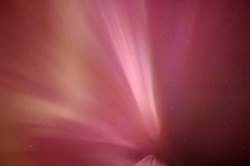
|
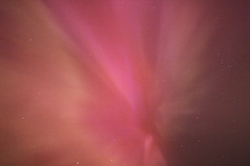
|
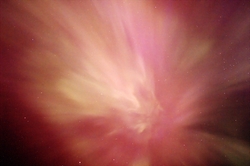
|
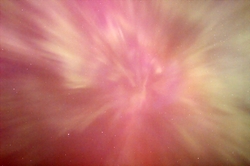
|
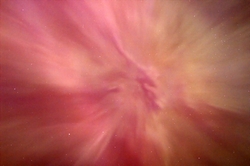
|
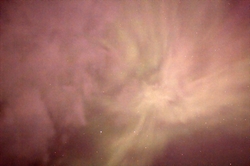
|
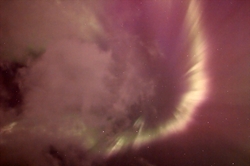
|
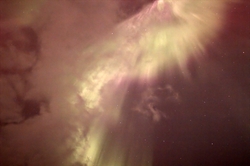
|

|

|

|

|

|

|

|

|

|

|
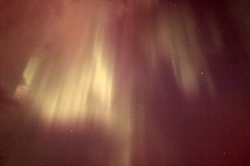
|
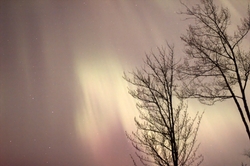
|
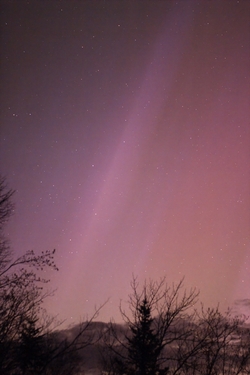
|
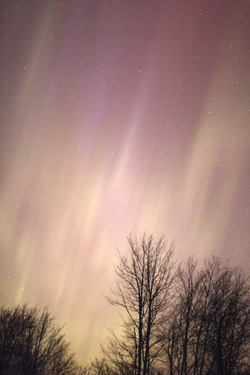
|
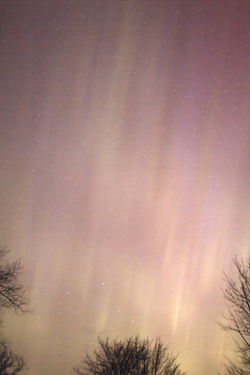
|
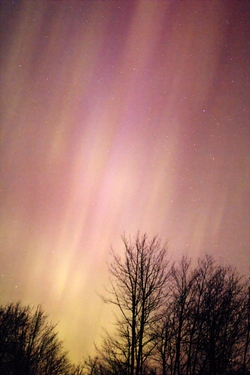
|
In Eustis it was clear and the entire sky was lit up with the display. Ever-changing arcs, rays, spires and swirls were in constant motion. From time to time the whole pattern would appear to pulse in brightness.
The images above were taken shortly after darkness fell on May, 10th. The first 10 of these are looking roughly overhead which was a broiling cauldron of light. Those images showing trees were taken looking in a northerly direction.
The images were made with a Canon 60Da DSLR camera and a 35mm f/1.4 lens. All exposures were ¼ second at ISO 1600. This was a little short for some of the features but meant that the fine details of the auroral structures were captured without motion blur. The field of view is 36.6°×24.4°.
The following night, the skies cleared after midnight but by that time the storm had subsided and there was only a steady auroral glow on the northern horizon.
W A R N I N G
Observer's should understand that in low light levels the human eye loses much of its ability to perceive colors. This means that auroras are generally not seen in the bright and vivid colors shown in photographs. Displays are nevertheless spectacular and well worth the effort pursuing.